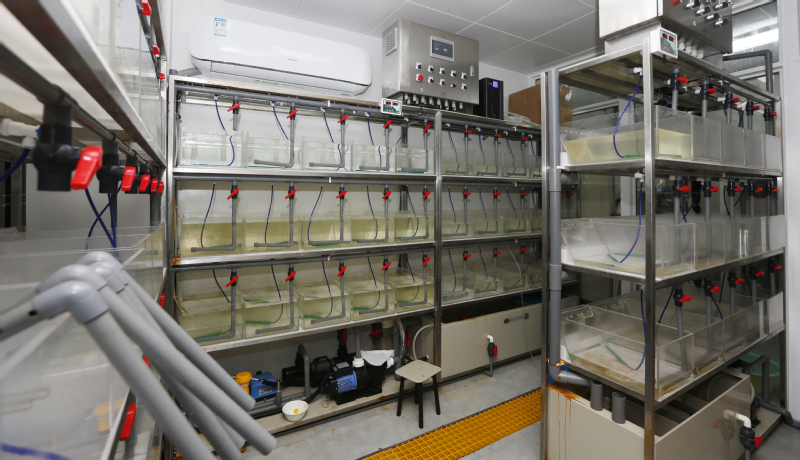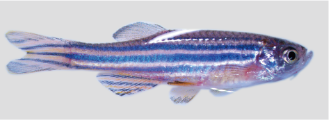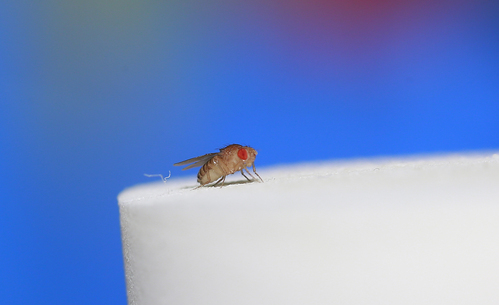





Animal Facility in Fang Zongxi Center
1. Ciona robusta, Ciona savignyi, Styela clava, Halocynthia roretzi






Ciona is a genus of sea squirts in the family Cionidae. The body of Ciona is bag-like and covered by a tunic, which is a secretion of the epidermal cells. The body is attached at a permanent base located at the posterior part, and the opposite bears two openings, the buccal and atrial siphons. The water is drawn into the ascidian through the buccal siphon and leaves the atrium through the atrial siphon.
2. Mulinia lateralis





Mulinia lateralis, the dwarf surf clam or coot clam, is a species of small saltwater clam, a bivalve mollusc in the family Mactridae. It occurs in the western Atlantic Ocean and the Caribbean Sea.
3. Placida dendritica

Placida dendritica is a species of minute sea slug, a marine opisthobranch gastropod mollusk or micromollusk in the family Limapontiidae. Despite a superficial resemblance, this is not a nudibranch, it is a sacoglossan.
4. Achatina fulica
5. Trichoplax adhaerens



Trichoplax adhaerens is one of the three named species in the phylum Placozoa. The others are Hoilungia hongkongensis and Polyplacotoma mediterranea. The Placozoa is a basal group of multicellular animals. Trichoplax are very flat organisms around a millimetre in diameter, lacking any organs or internal structures. They have two cellular layers: the top epitheloid layer is made of ciliated cover cells flattened toward the outside of the organism, and the bottom layer is made up of cylinder cells that possess cilia used in locomotion, and gland cells that lack cilia. Between these layers is the fibre syncytium, a liquid-filled cavity strutted open by star-like fibres.
6. Danio rerio

Danio rerio is a freshwater fish belonging to the minnow family of the order Cypriniformes. Native to South Asia, it is a popular aquarium fish, frequently sold under the trade name zebra danio. It is also found in private ponds.
7. Drosophila melanogaster





Drosophila melanogaster is a species of fly in the family Drosophilidae. The species is often referred to as the fruit fly or lesser fruit fly, or less commonly the vinegar fly or pomace fly. Starting with Charles W. Woodworth's 1901 proposal of the use of this species as a model organism, D. melanogaster continues to be widely used for biological research in genetics, physiology, microbial pathogenesis, and life history evolution. As of 2017, five Nobel Prizes have been awarded to drosophilists for their work using the animal.
8. Mus musculus




Mus musculus (L) encompasses all the subspecies and geographical or chromosomal races of the house mouse. It is also the species which has paid the largest tribute to modern science, because the historical laboratory strains (the old inbreds) stem from this species through the old tradition of fancy mice which were bred in Europe and Asia for their coat color. For this reason, there is a great deal of literature on many aspects of its biology and more than 1500 reference could be retrieved for the last 30 years. Ironically, this mammalian species has been a laboratory model for more than a century, but is not until recently that its wild populations and their taxonomy become to be correctly described with the help of genetic tools. M. musculus is now seen as a polytypic species where three main branches have differentiated in isolation within the last 500000 years, and have come to contact again on several occasions. Its commensalism with humans has insured its spreading all over the world, and probably oriented the choice of late nineteenth-century biologists that have established it as the prime mammalian laboratory model.


 English
English 中文
中文

